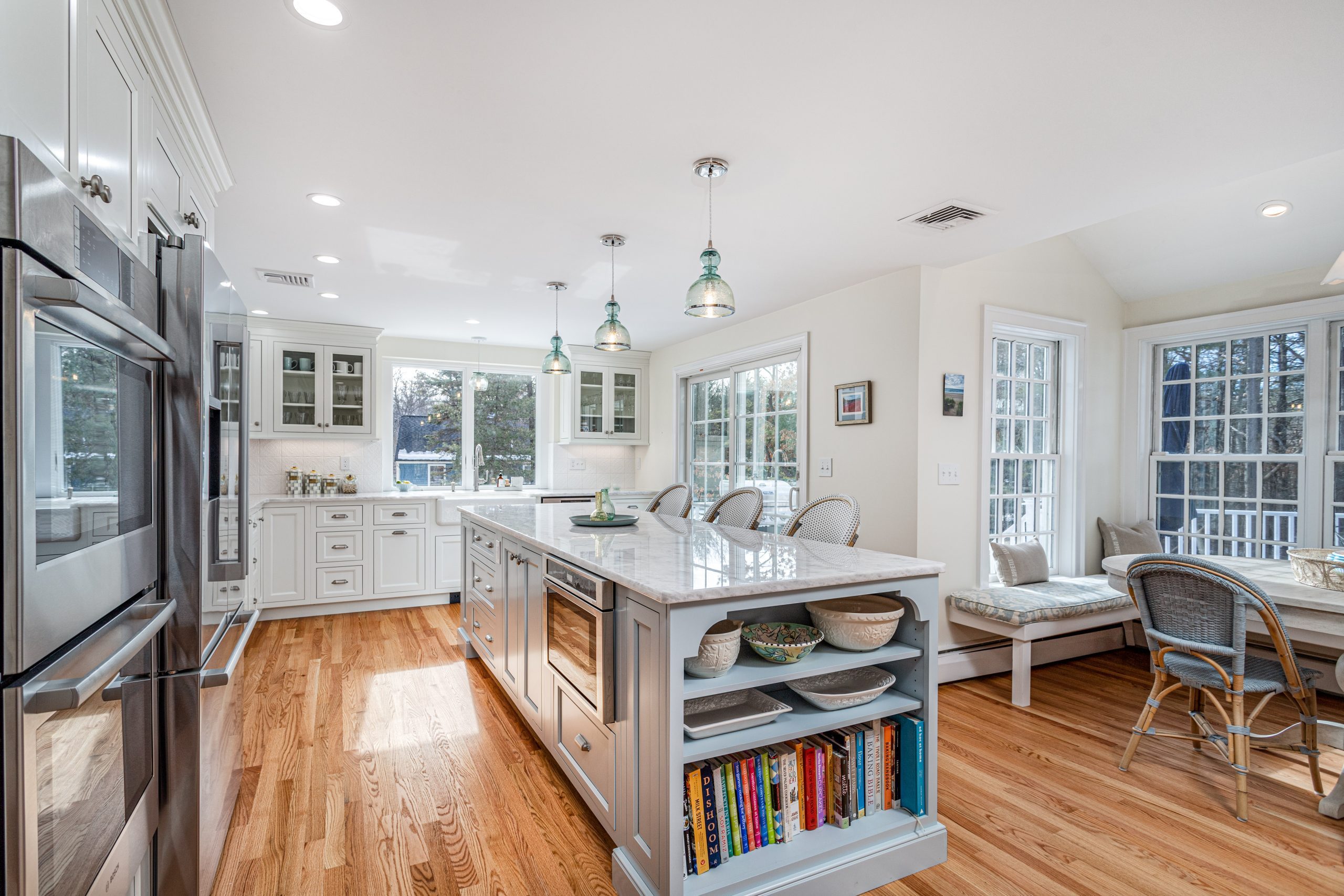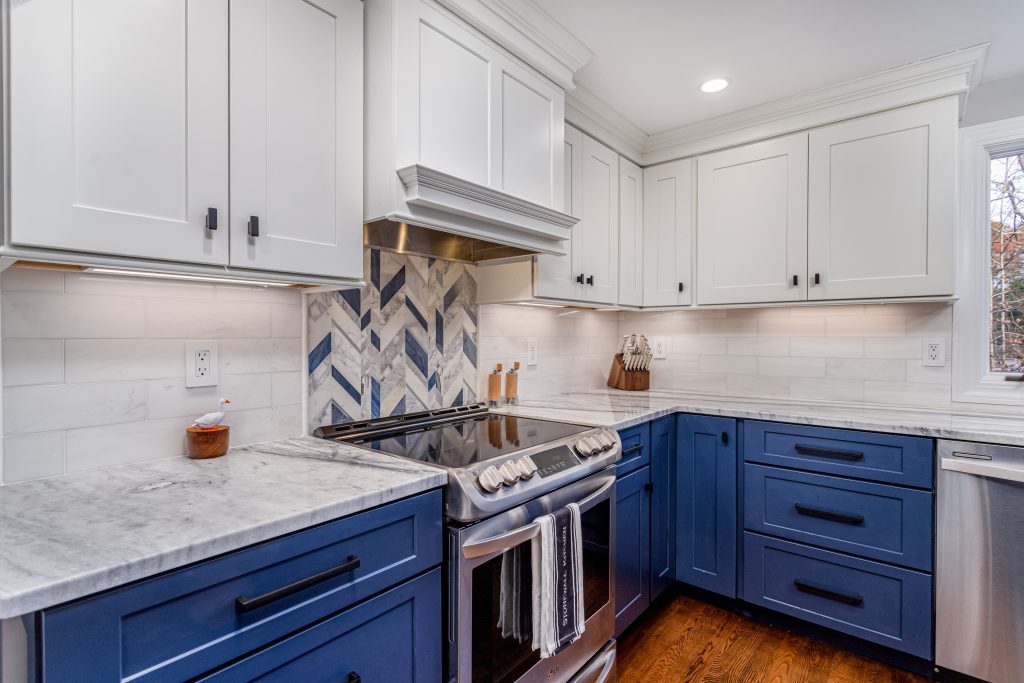

As a seasoned kitchen designer, I understand the pivotal role that cabinetry plays in transforming a kitchen into a functional and aesthetically pleasing space. From construction and manufacturing to wood species and finishes, every aspect of cabinetry contributes to its overall cost. Let’s delve into how various features affect the price tag, empowering homeowners to make informed decisions when remodeling their kitchens.
1. Construction and Manufacturing: The construction method and manufacturing process significantly influence the cost of cabinetry. Custom cabinets, meticulously crafted to precise specifications, often come with a higher price tag due to the skilled labor and attention to detail involved. On the other hand, stock cabinets, mass-produced in standard sizes and designs, tend to be more budget-friendly but may compromise on quality and customization.
2. Cabinet Sizes: The size of the kitchen and the number of cabinets required directly impact the overall cost. Larger kitchens with extensive cabinetry demands will naturally incur higher expenses. However, investing in well-designed cabinetry that maximizes storage space and optimizes functionality can enhance the kitchen’s efficiency and value.
3. Wood Species and Finishes: The choice of wood species and finishes significantly influences the aesthetic appeal and cost of cabinetry. Exotic hardwoods and premium finishes command a higher price due to their luxurious appeal and durability. Alternatively, more budget-friendly options like laminate or veneer offer versatility without sacrificing style.
4. Interior Accessories: Incorporating interior accessories such as pull-out shelves, spice racks, and drawer organizers adds convenience and organization to the kitchen but can increase the overall cost. These accessories enhance functionality and optimize storage, making the kitchen a more efficient workspace tailored to the homeowner’s needs.
5. Paneling and Glass Doors: Paneling styles and the inclusion of glass doors contribute to the visual appeal and cost of cabinetry. Intricate paneling designs and glass inserts add elegance and sophistication but may come with a higher price tag due to the additional craftsmanship and materials required.
6. Installation: Professional installation is essential to ensure the cabinetry is seamlessly integrated into the kitchen space. While DIY installation may seem cost-effective initially, improper installation can lead to costly repairs and compromises in functionality. Investing in skilled professionals guarantees a flawless finish and long-term satisfaction.
Remodeling your kitchen provides the opportunity to create a space that reflects your lifestyle and preferences. Waiting years to remodel a dream kitchen is unnecessary when you consider the profound impact it has on daily living. Opting for sub-par cabinets like stock or imports may save costs upfront but can diminish the overall quality and longevity of your new kitchen.
A kitchen remodel is an investment in your home’s value and your quality of life. By prioritizing quality cabinetry that aligns with your style and functional requirements, you can elevate your kitchen into a culinary haven that inspires and delights for years to come. Don’t settle for anything less than excellence when it comes to crafting your dream kitchen.